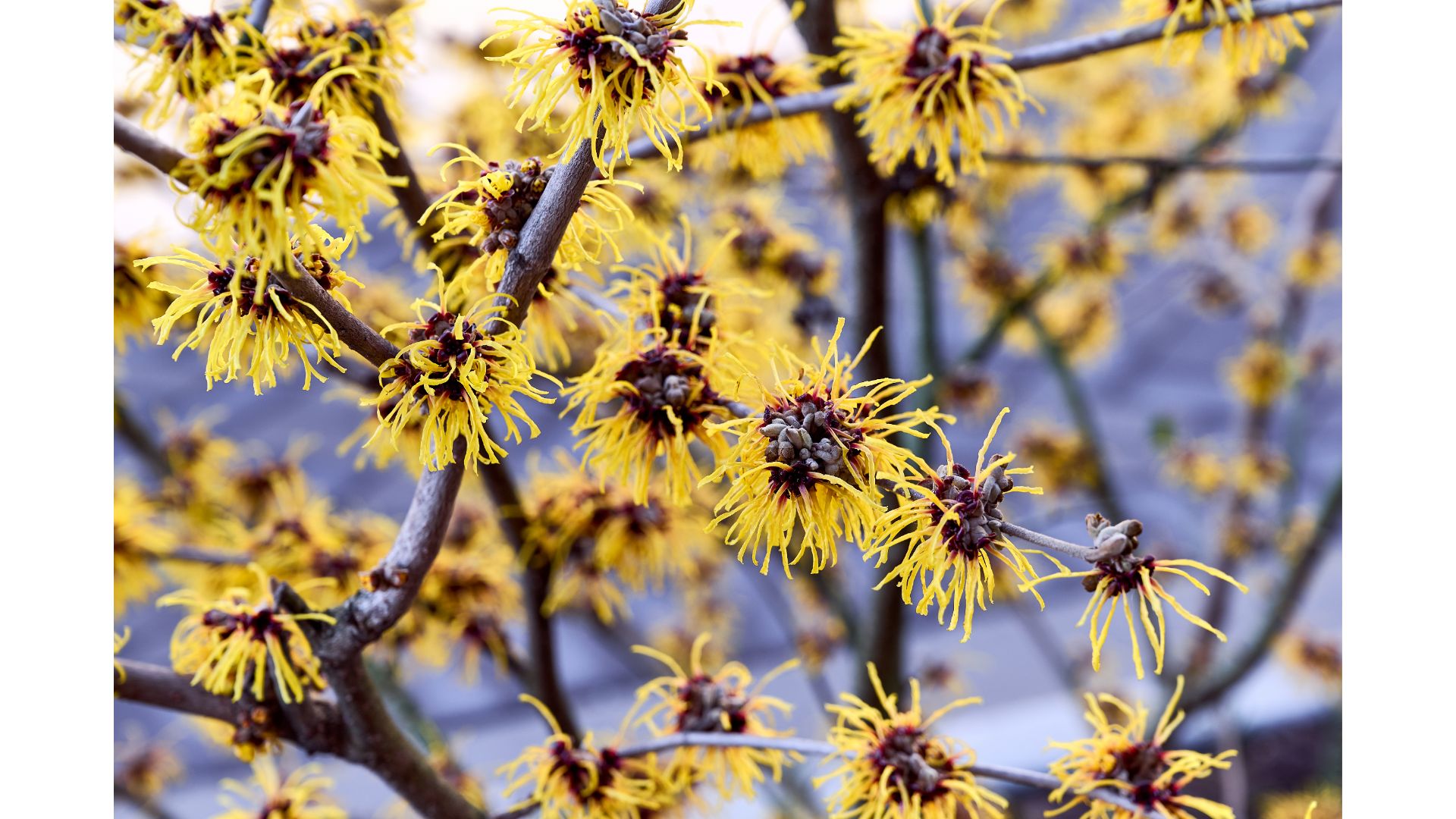Blink and You’ll Miss These Plants Shooting Their Seeds
Members of the witch hazel family can fling heavier seeds just as fast as lighter ones, thanks to their spring-loaded fruits.
“We found that the speed launch speeds were all roughly the same,” Jorge said. “Given the order of magnitude difference in seed masses, I was not expecting that at all.”
In a study published Aug. 23 in the Journal of the Royal Society Interface, the researchers looked into how they do it.
It turns out the plants’ secret lies in their spring-loaded launch.

The three species in the study use the same mechanism to shoot their seeds:
Before the seeds pop out, the fruit capsule around them dries out and deforms, like a piece of wood when if warps. It’s the walls of the woody fruit capsule squeezing in that eventually send the seed flying.
“It’s similar to how you can shoot out a watermelon seed by squeezing it between your fingers,” Jorge said.
To launch a cannonball the same speed as a bullet, you’d need to put more force behind it. Witch hazels do the same thing, but with springs.
For each species, the researchers estimated the elastic potential energy stored in the spring-like seed capsule by measuring how much force it took to wedge its seed back into place.
They found that witch hazel species with heavier seeds also have larger capsules that are able to store more elastic energy.
As a next step, Jorge is looking at the forces acting on witch hazel seeds as they fly through the air and how far they can travel.
The researchers say that some of the lessons learned from nature could lead to better designs for robots.
“People ask me all the time, ‘why are you looking at seed-shooting plants?’” Jorge said. “It’s the weirdness of their springs,” he added.
“When we think of springy things, we typically think of rubber bands, coils, or archery bows,” Jorge said. “But in biology, we have all these weird, complex shapes. Perhaps there are some benefits to these shapes that can be used to improve the design of synthetic springs, such as those used in small jumping robots, but first we need to understand how these biological springs work.”
This research was supported by the National Science Foundation Division of Integrative Organismal Biology (2019323) and the U.S. Army Research Laboratory and the U.S. Army Research Office (W911NF-15-1-0358).
Citation
"Elastic Pinch Biomechanisms Can Yield Consistent Launch Speeds Regardless of Projectile Mass," Justin F. Jorge and Sheila N. Patek. Journal of the Royal Society Interface, Aug. 23, 2023. https://doi.org/10.1098/rsif.2023.0234